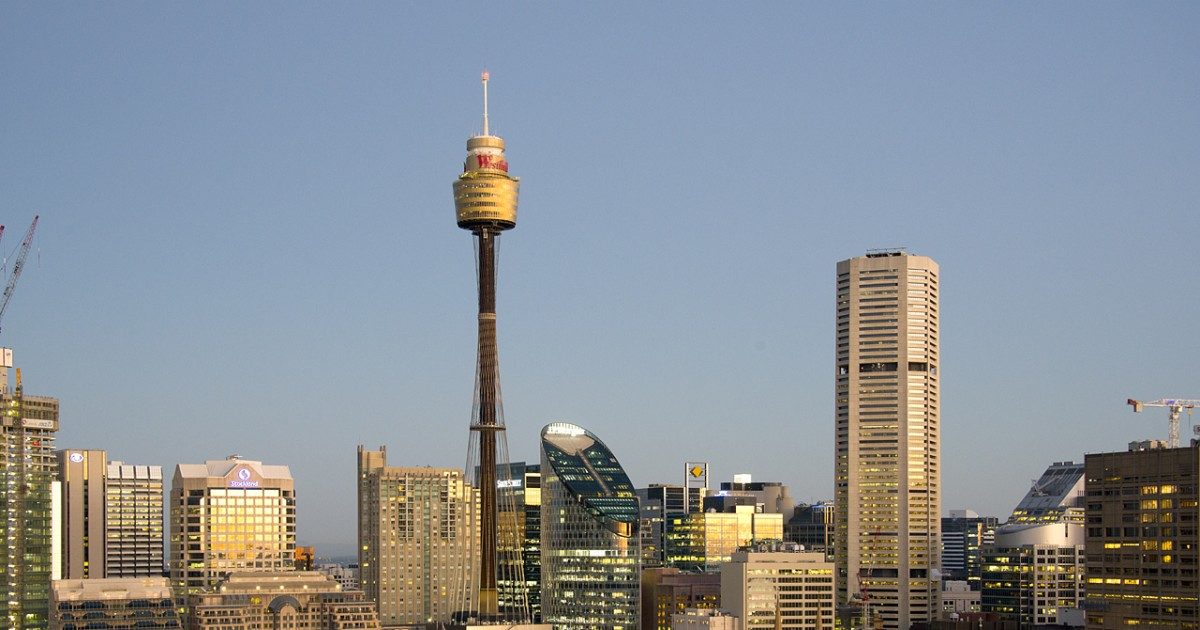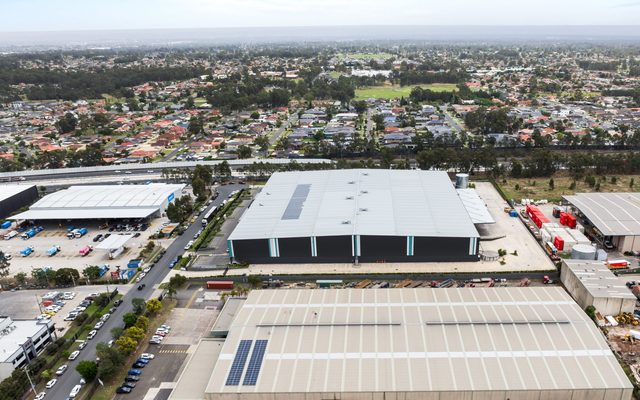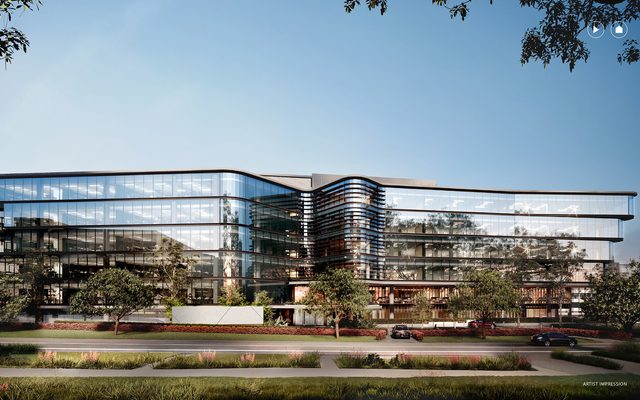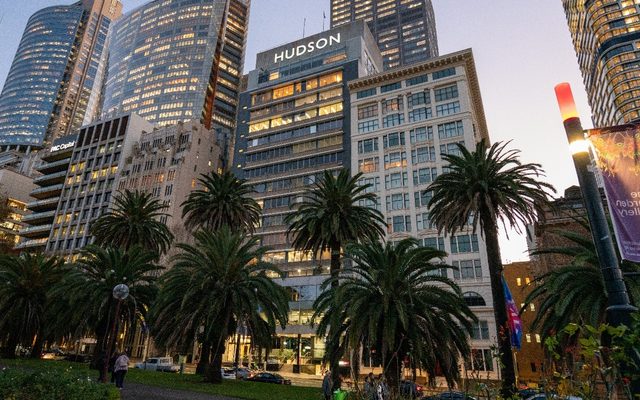This article is from the Australian Property Journal archive
ONGOING demand for prime office space has extended the Sydney CBD market’s rental growth cycle, and with a positive jobs market profile in the near term, above average rental growth is likely to be maintained over the next 12 months.
Knight Frank’s latest Office Market Overview found average gross prime rents have increased 5.3% year-on-year to reach $1,326 per sqm in July, while average prime net face rents have were up 5.4%, and on a net effective basis by 9% to $894 per sqm.
Incentives have declined from 20.6% to 18.3% in that period.
Knight Frank associate director research & consulting and report author, Katy Dean said the market is underpinned by strong employment growth and more recently, record private and public investment in infrastructure and commercial building works.
Vacancy is at its lowest rate since 2008, with prime office space demand at its strongest in flagship locations across the core, midtown and western areas.
Dean said that going into 2019, employment growth rate eased from its average three year high of 3.0% per annum to a growth rate of about 2%, and professional job advertisements began to contract, resulting in a pull-back of office leasing absorption rates.
“To a great extent, that shift can be attributed to the general easing of macroeconomic conditions and potentially a slowdown in hiring around the election season.”
Al Dunlop, director, head of office leasing for Sydney CBD at Knight Frank, said with the low office vacancy and high commitment rates on new supply, there is a significant amount of the upside to occupational market fundamentals moving forward.
While there was solid take-up of prime office space in the first half of 2019 – vacancies hit a low 3% by July – the prime absorption rate is running below at just over half of the 10-year trend of about 34,000 sqm. The drivers extend beyond just withdrawal of stock.
“In last 24 months some larger corporates have recognised potential future supply constraints and taken a proactive approach to engage with landlords to reset and extend lease terms to straddle this tight period in the market,” Dunlop said.
“We’ve also seen several of the institutions hit leasing retention rates of more than 70% over that same period, supporting the view that some occupiers have opted to renew early to avoid coming to market in this low vacancy environment.
“Despite easing of office absorption rates, there remains genuine demand for prime office space, extending the rental growth cycle.”
Double-digit rental growth rates seen through 2018 have tempered slightly, but upward pressure on prime grade remains, and the market is seeing above-average rental growth rates due to low vacancy and a positive occupational demand profile.
Above-average rental growth of 5.5% to 6% over the next 12 months is expected, along with a vacancy rate in the high 3% range.
More than 75% of stock under construction is pre-committed. Including refurbished stock, about 132,000 sqm across five buildings is expected to be delivered over the next 18 months.
Co-working take-up of this upcoming pipeline is around 50,000 sqm, and will potentially have a supply effect given the higher than traditional densities that these operators run, Dunlop said.
“We have also seen a tapering in the number of withdrawals brought on by a pullback in residential starts and growth in office rents to support the underlining use for commercial.”
Dean said there is some optimism around economic fundamentals such as population and employment growth, and this is also helping to underpin occupier demand for future expansion space and to some extent, and has contributed to tenancy diversification.
Financial and insurance services and professional services accounted for 27% and 24% share of space leased in the 12 months to July, while real estate services (including co-working) accounted for 18% of leasing volumes, up from an annual average of about 10%.
Mature global tech firms are including Facebook and Amazon are growing their CBD presence.




